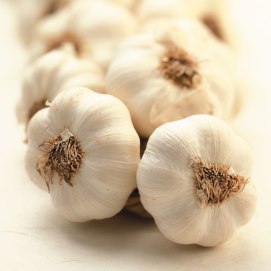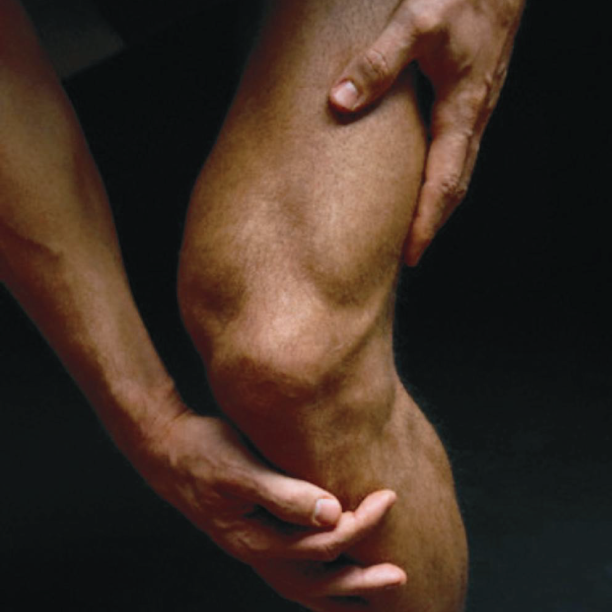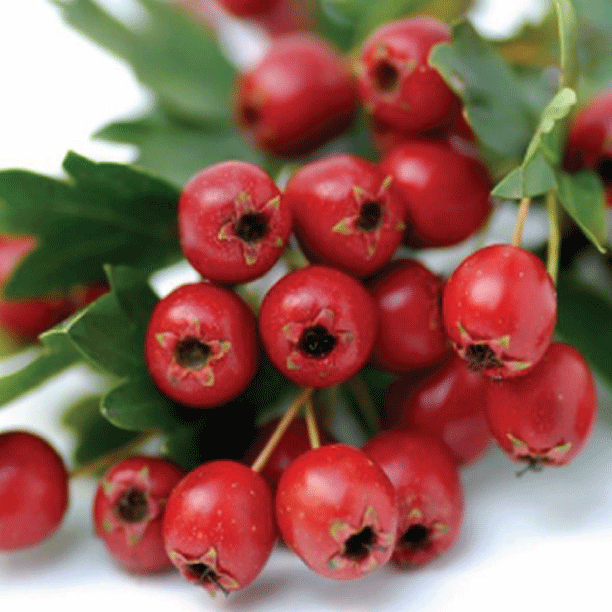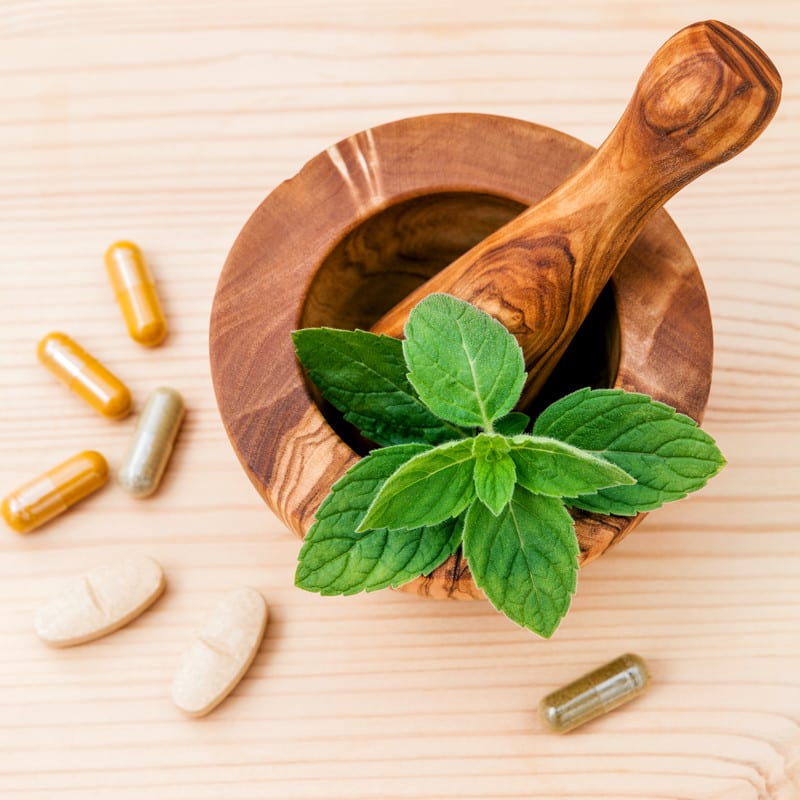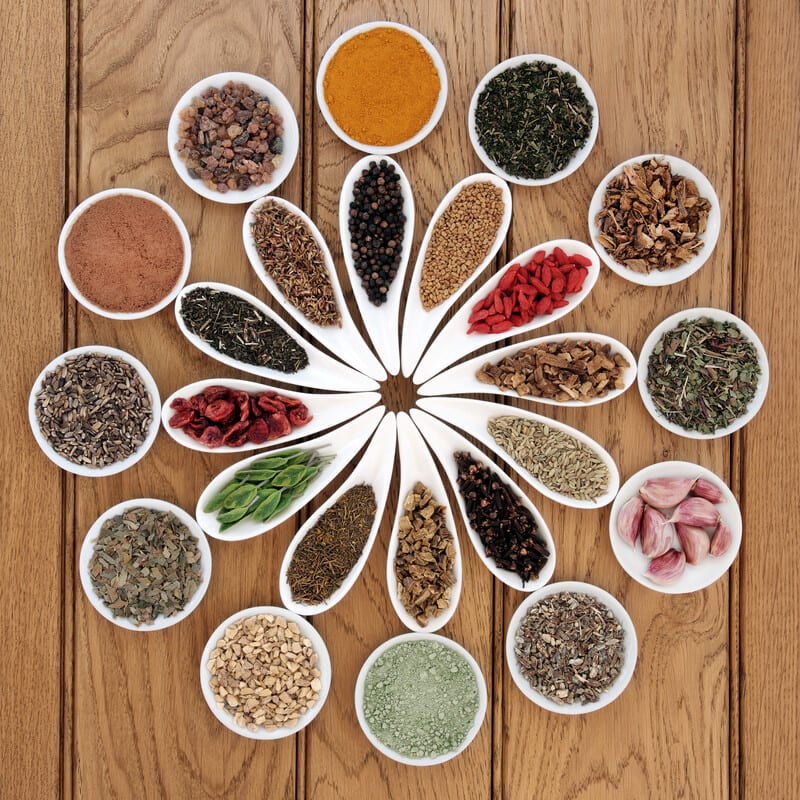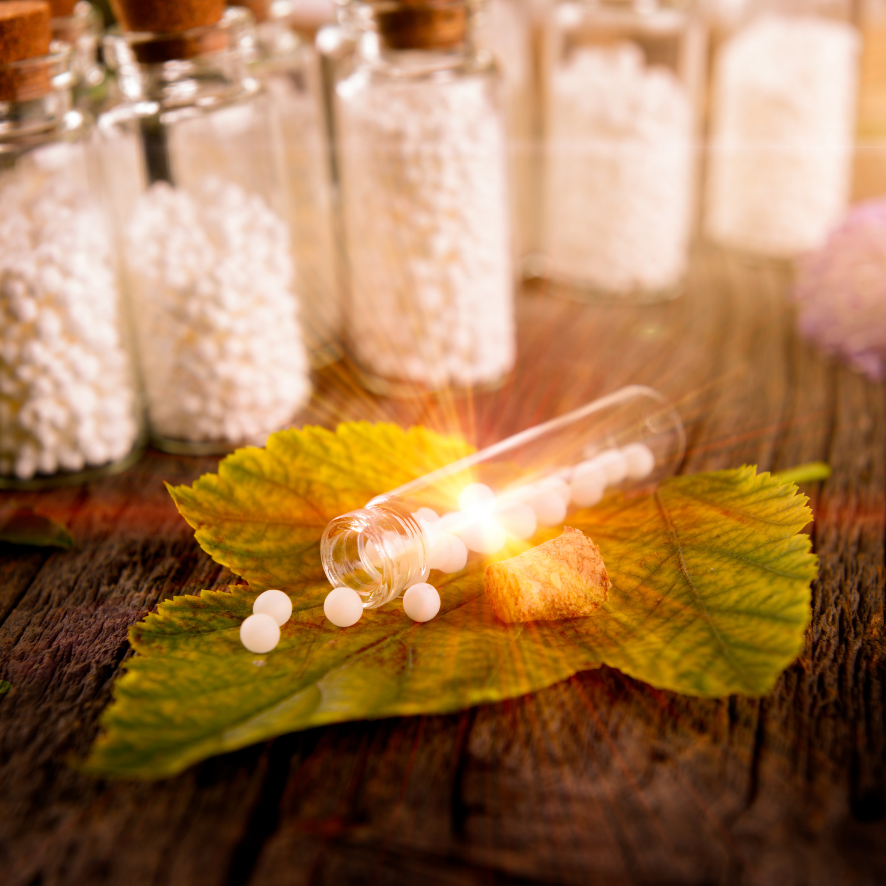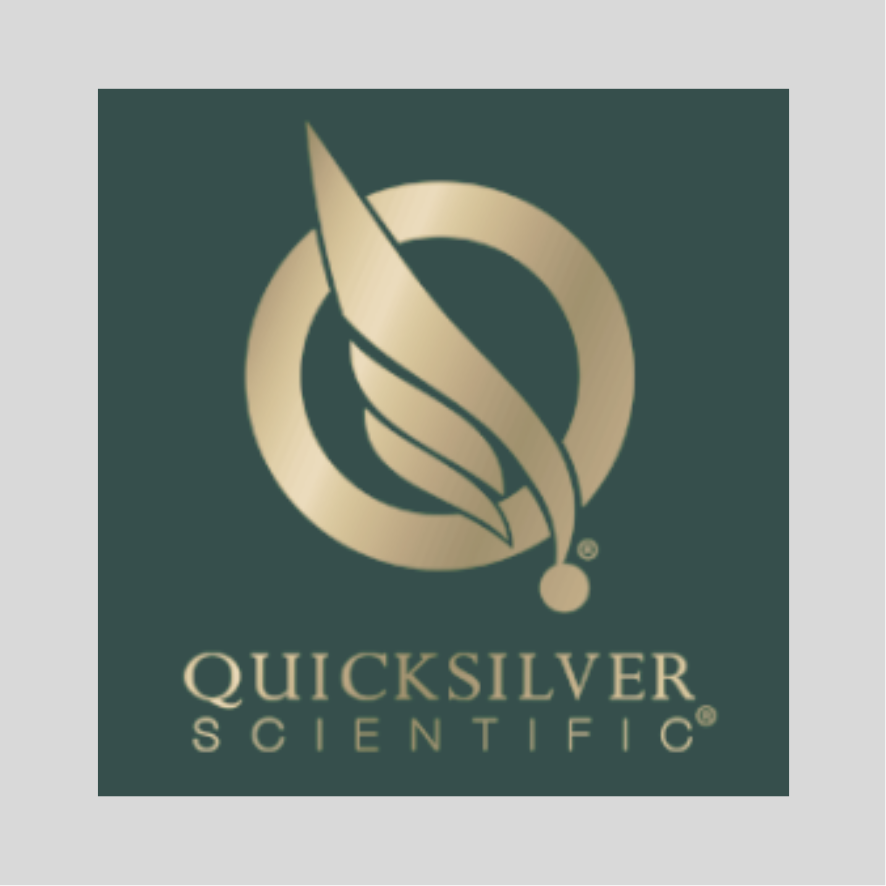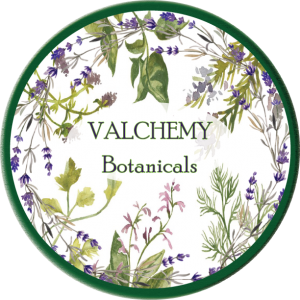Addiction and compulsive behavior can ruin lives but they can be overcome, explains Marysia Kratimenos…
To most people the word “addict” conjures up images of a down and out, lying semi-conscious in rat infested squalor, surrounded by filthy needles and broken bottles. Helpless, hopeless, rejected by society. And yet we only have to scan the daily papers to see famous celebrities confess to alcoholism, cocaine habits and addiction to love and sex.
So what is addiction and what makes an addict? Is there such a thing as an addictive personality, or is it a case of “there by the grace of God”? When does having that whiskey after a hard day’s work transform into something more sinister, turning one into an alcoholic?
The definition of addiction is by no means clear. When does a social habit end and an addiction start? The Oxford Dictionary says it is “doing or using something as a habit, or compulsively”. Webster’s Dictionary defines addicted as “enthusiastic devotion, strong inclination or frequent indulgence”. Psychologist John Bradshaw provides the clearest definition of addiction as “a pathological relationship to any mood altering experience that has life damaging consequences.” By using the word experience, the net is spread wider.
Addiction is not just about the “sex, drugs and rock and roll” scene. One can be addicted to gambling, food, tobacco, stimulants, prescription drugs (tranquillizers, and maybe even Prozac), exercise, the Internet, computer games, television, designer labels, work… the list is endless.
The key in understanding the nature of addiction lies in John Bradshaw’s words – the “pathological” relationship and its “life damaging consequences”. It’s as if too much of a good thing is not enough. A pleasurable habit, such as a drink with friends, is not an issue, but a compulsive need to drink oneself into oblivion each and every night is an obvious problem that needs attention.
Risky behavior deemed irrelevant to the addict
The consequences of many addictions like smoking and drinking to excess are recognized, yet ignored by the addict. At one level there is an understanding that a price must be paid, but the person is so dependent on the habit that the realization of the risks involved is almost irrelevant.
In dealing with any addiction, it is fundamental to understand what the addiction is doing for the person. It is not as simple as changing the behavior. If it were, why would people be constantly on diets, battling with their weight?
To quote Garfield, the world’s most famous lasagne addict “Diet is die with a t”. Garfield’s pleasure in life is food. Take that away and what does he have? The company of a socially inept, neurotic owner, and slobbery, half-witted dog and the resident flea population! Hardly the perfect recipe for fun! Garfield, a classic Sulphur personality, lives for lasagne. He loves the taste of lasagne, he adores the way it fills the emptiness he has within him, it provides him with excitement (will dinner be lasagne or cannelloni?) and it distracts him from the boredom of his life. What is Garfield without lasagne? It’s his raison d’être.
Now imagine the scenario if a gorgeous little sex kitten came to stay. Garfield might just fall deeply in love and decide that there is actually more to life than the contents of his food bowl. And, in order to attract the delectable siren, Clawdia, a trim figure would certainly be an asset. Suddenly, the besotted Garfield has a new goal in life… impressing Clawdia. He is so in love that he’s literally love sick and in no time Garfield transforms into a sleek tom. Clawdia falls equally deeply in love, they marry and live happily ever after, sharing small portions of lasagne with their ever growing family.
Ridiculous as this fantasy tale may sound, many people do conquer their addictions for the sake of love, and certainly with the help of love. There are many reasons why people feel the need to take drugs or excessive amounts of alcohol “to get through the day”. Merely abstaining from the habit is insufficient to cure the problem. It is not a matter of the strength of one’s character. Many give up smoking, only to replace the cravings with food.
The first step in any successful treatment program is for the person to admit there is a problem and want help for their compulsive behavior. When living in the delusion of “this isn’t a problem, I can stop drinking/smoking/using any time I chose” there is no way forward. Denial of the problem must be faced first. This is not as easy as it may sound.
Premature deaths
In the world of the music industry alcoholism, drug addiction and promiscuity are rife. It’s almost as though one needs to indulge in this hedonistic life style to be accepted. It’s almost the norm in the industry. There is a very high price to be paid. Wonderfully talented artists like Jim Morrison, Jimmy Hendrix and Phil Lynott to name but a few, died prematurely as a result of heavy drinking and drugs.
The lyrics of the songs reflect the artists’ perceptions of life and their lifestyle. Lou Reed’s “Walk on the Wildside” was banned once the BBC finally understood it was about drugs! In this day and age it’s judged as rather tame. Children are happily singing songs that advocate the use of hard core drugs.
Not every artist has fallen into the trap of the compulsive behavior of using mind-altering substances to enhance their creativity. Apart from the squeaky clean acts there are some like Ricky Martin who use meditation to open the doors of perception. In fact meditation and yoga are fast becoming the latest addictions. At least that is wholesome and health enhancing, assuming one understands the true meaning of tantra as oppose to the salacious corruption!
Alice Cooper, infamous for his theatrical stage acts with defenseless pythons, demonstrates one man’s courage in dealing with alcoholism. A friend of Jim Morrison of The Doors, he lived the rock and roll “dream”. The lyrics of his songs illustrate the other side; it really was a case of “Welcome to my Nightmare”. Even the death of Jim Morrison didn’t stop him swigging back the beer. Neither did the constant hangovers nor the failing physical health and vomiting of blood. He was surrounded by hard drinking, drug using musicians. It was a way of life. How else could he get up on stage and perform in front of thousands of screaming fans? Alcohol provided the Dutch courage to overcome the stage fright. In interviews he talks of the alter ego – the mad, bad, black leather clad, hard core persona. With alcohol, he became that person. On a rational level he knew the alcohol was destroying him, mind, body and soul, yet he felt powerless to change despite having his personal version of Clawdia by his side.
Fortunately for Morrison, the time came when he did receive help in a specialized unit. His lyrics and interviews bear testimony to the struggle of overcoming the physical effects of the drying out process and the psychological issues that had to be faced.
Many find comfort in alcohol; it helps them to forget the pain of life. It can be a form of escapism. Alice Cooper was faced with the many challenges sobriety brought. His wife had married an alcoholic. Would she still love him sober? Who was the sober Alice Cooper anyway? How could he go on stage and act out the alter ego in a sober state? And what about the touring?
Addiction impacts not only on the addict, but also on the whole social group, and it is imperative that any treatment takes this into consideration. Alice Cooper felt that the only way to cope with this was to avoid the company altogether. Apparently he stays in different hotels from his band, appearing to do his act before vanishing immediately afterwards. Mixing with them could potentially bring him back into a position where his self confessed “addictive personality” might rear its ugly head. He now channels that energy into the golf course and has a handicap many professionals would envy. He also uses his experiences to help others with similar problems and in his music is deliberately provocative and challenging about the drug scene. Black humor conveys the message that drug use is only for the “stoopid”.
Alice Cooper has demonstrated immense courage in overcoming his addiction within a social setting that condones such behavior and also in sharing his experience with a broad audience. And without the help of homeopathy too!
Homeopathy assists detoxification process
Homeopathy may be used as an adjunct to the treatment of dependency problems. Obviously the main stay of treatment must be on a medical / psychological level, but homeopathic treatment from a professional may assist in the detoxification process and help with healing the emotional issues.
may be used as an adjunct to the treatment of dependency problems. Obviously the main stay of treatment must be on a medical / psychological level, but homeopathic treatment from a professional may assist in the detoxification process and help with healing the emotional issues.
Alcohol, tobacco and drugs leave their mark physically. Nux vomica is a classic hangover remedy and when combined with Sulphur is very helpful in a deeper cleansing process. Many addicts eat very poor diets and essential vitamins and minerals must be replaced. In heavy alcohol and drug dependency, the deficiencies may be so severe as to necessitate injections of vitamins and minerals into the veins to prevent serious nerve damage.
Alcohol literally pickles the liver, and several herbal remedies, such as Milk Thistle, are beneficial in improving liver function. The liver not only acts as the body’s natural detoxification organ, it also manufactures many important chemicals, including those relating to normal blood clotting. It is not uncommon to find a bleeding tendency in those who consume excessive alcohol. Fortunately, the liver has immense powers of regeneration. One literally has a new liver every six weeks, which is why alcohol abuse takes so long to bring about permanent liver damage. Homeopathy and herbal treatment can enhance this natural self-healing process.
Appropriate homeopathic remedies can facilitate the detoxification process and assist with the emerging emotional issues. When addiction has been used to mask the emotional turmoil within, this will rapidly emerge. The demons within emerge as soon as the drink departs. The person is left vulnerable, frightened and often overwhelmed by the force of these long buried emotions. It takes great strength not to relapse back into former habits.
As homeopathy deals with the whole person, on every level: mind, body and spirit, it is perfect for assisting in this transitional phase. Expert counselling assists in the process. Some homeopaths are trained in counselling skills, others work in conjunction with counsellors.
12-Step Programs
Most of the self-help groups such as Alcoholics Anonymous and Narcotics Anonymous provide group and individual therapy, as well as support for the relatives. It is essential that the family receives help, not only in the short term, but also to prevent history repeating itself. Statistics show that between 50 and 80 per cent of alcoholics have a close family member with alcohol problems. That is a terrifying statistic and demonstrates the urgent need to address the issues within the family framework. Quite why this occurs is debatable. The scientists take it as conclusive proof that there is a chemical imbalance which leads to addiction. The psychologists claim this is because of sub-conscious modelling of the parent. The young boy sees Father return from the pub drunk and maudlin, and take out his fury at losing his job by beating up Mother and the children. Young boy witnesses this and, on a sub-conscious level, decides that this is what grown men do. Get drunk and morose, then violent.
The reality is that there is probably some truth in both scenarios. In homeopathy there is a belief in the miasms, the inherent weakness or taint that manifests in future generations. Medicine recognizes the hereditary component of many diseases, homeopathy takes it one stage further and includes conditions that are not genetically mediated. It is common to see family members share the same or similar remedies, and therefore behavior patterns. If the men in a family internalize their problems and drown them in drink, the child will learn that in their family this is the way to deal with life. Alcohol may be freely available in that household so the child develops a taste for it early. This is not always the case. Many alcoholics, including Alice Cooper, come from families of teetotallers.
Many of the support groups work with modifications of The Twelve Steps to Recovery. Admission of the problem and one’s lack of power in dealing with it is the start of the process. The idea is basically to put one’s trust into God for assistance. This focus on a spiritual level is very important, but the wording may be unacceptable to atheists. Robert Dilts, an American Master of Neuro Linguistic Programming (NLP) has modified the language to make it more spiritual and less religious, thus broadening the appeal.
Belief in a Higher Power
Many addicts lack an awareness of a higher force which is benevolent. They feel alone, rejected by society. By uniting them with a higher consciousness the sense of isolation is replaced with a sense of oneness with the world and a purpose in their existence, which is beyond religion. The Yoga Centre at the Royal London Homoeopathic Hospital offers meditation classes that aim to achieve the same goal. There are many methods to bring this about and the choice must be a personal one. Many find the help they need within organized religion, others need a more individualized approach.
The emotional issues that have been long buried under the veil of alcohol, drugs, over-eating or compulsive shopping must be addressed sensitively and conflicts resolved. With assistance a new sense of self will emerge, a stronger, more stable individual who is able to deal with the stresses of life without the dependence on an external prop. It takes real courage to embark on this hero’s journey, and the rewards are immense.
The treatment of addiction is challenging, but highly rewarding. It is essential that there is excellent communication and collaboration between the professionals assisting, and that a deep, trusting, non judgmental relationship is established. Homeopathy has an important role to play as it views the whole person as a unique individual.
By Marysia Kratimenos
(Source: britishhomeopathic.org)


